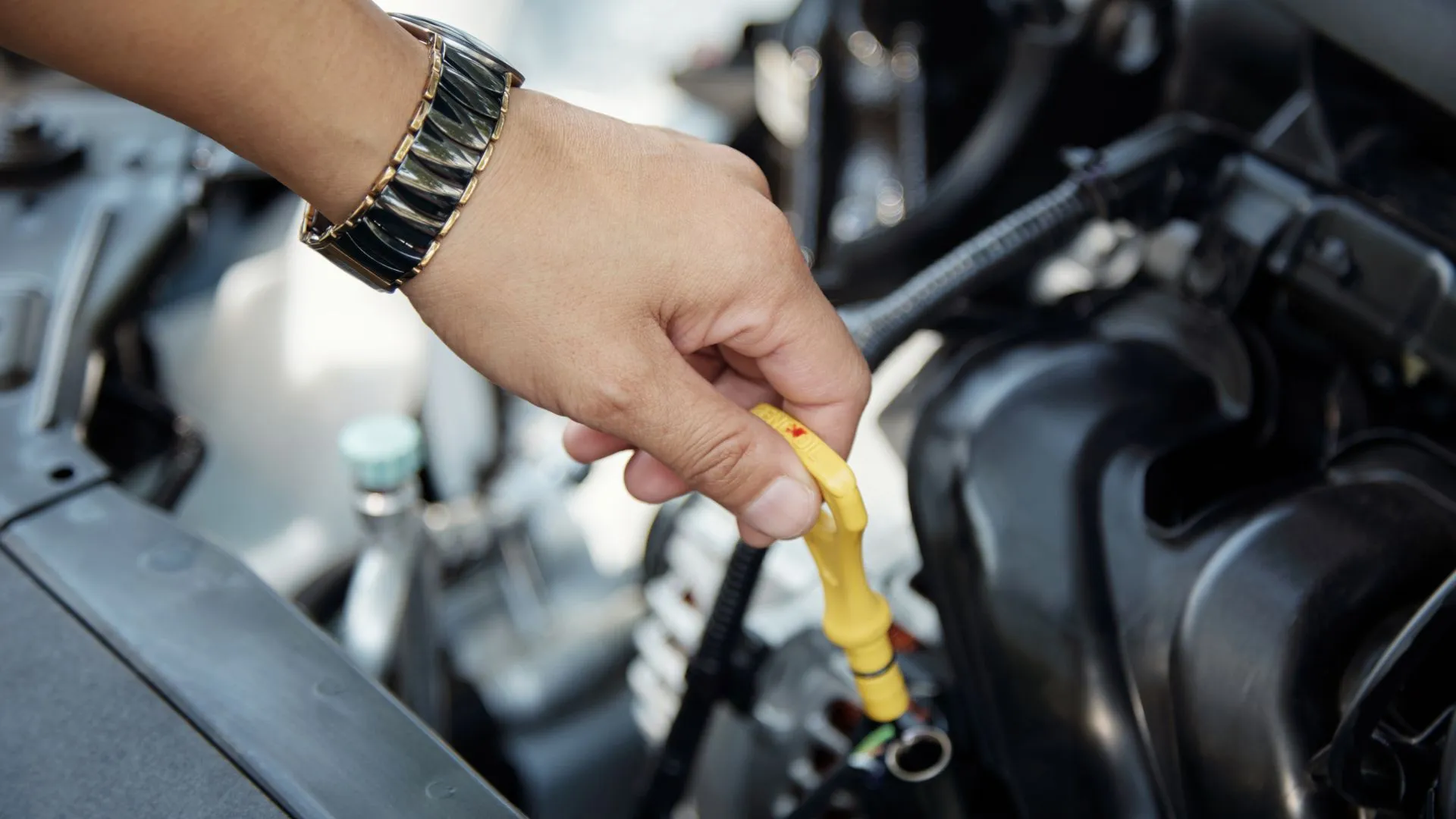You likely understand the problems associated with low engine oil, but were you aware that adding too much oil can also lead to issues and potential damage? If you’re interested in understanding what happen too much oil in generator in such a situation, you’re in the right spot! In this post, we will show the limit for excessive oil, guide you on how to check it and list the symptoms to be alert about.

So, What Happens if You Put Too Much Oil in a Generator?
Too much oil, whether a quart or more, has the potential to harm the engine. can be bad for it. Indications of this issue include the smoking engine won’t start or damaged important parts inside, like gears, seals, gaskets, cylinders, etc.
Overfill Engine Oil Symptoms
- Burning Oil
- Chocking
- Frothing
- Stalling
- Engine Damage
- Failed Seals and Gaskets
- Damage The Gears
Burning Oil
Is your generator using excessive amounts of oil? Generators require oil, but excessive oil consumption may be the result of overheating or worn-out parts. An excessive amount of oil in the engine is one major cause of problems, such as pushing oil into places it should not be and potentially burning it off if it escapes.
Choking
Overfilled oil levels can obstruct proper air intake, this cause chokes the generator and makes it struggle to breathe. This manifests as unexpected performance and a noticeable decrease in power output.
Frothing
Overfilling oil can lead to aeration, creating a frothy mixture that hinders the lubrication process. This compromises the generator’s ability to function smoothly, leading to increased friction and wear on vital components.
Stalling
Many generator owners ask, why is there oil in my generator air filter? It will cause the engine to pass oil to the air filters. This, in turn, leads to the engine stalling. To clarify, when you overfill the generator, too much oil seeks a destination and might end up in critical parts of the engine.
Engine Damage
Prolonged operations with too much oil can result in severe damage to the engine, In addition to blocking the filter, increased friction, high temperatures, and possible costly failures.
Leak Seals and Gasket
The excess pressure from overfilled oil can lead to the failure of seals and gaskets, causing oil leaks. This not only creates a messy cleanup but also exposes the generator to further damage.
Gear Damage
Gears are crucial for the generator’s mechanical operations, too much oil can harm the gears. Although oil provides lubrication, if the crankshaft whips the oil into foam, the lubrication system may fail and run without the necessary lubrication, which can result in expensive repairs or perhaps the need for a complete replacement.
How to Fix Too Much Oil in a Generator
If you’ve accidentally added too much oil to your generator, it’s important to address the issue promptly to prevent damage to the engine.
How to Check the Oil Level
Remove the oil fill cap and locate the oil dipstick. Most generators have a dipstick for oil checking, typically located near the engine. Consult your user manual for precise instructions.
Once found, take out the dipstick, wipe it clean with a cloth, reinsert it, and then withdraw it to get an accurate oil level reading.
Compare the oil level on the dipstick to the recommended range indicated in your generator’s manual. If it exceeds the upper limit, you have too much oil.
How to Remove Excess Oil from Generator
Drain Excess Oil: Using an oil drain pan, carefully remove the excess oil by opening the drain plug or tube. Allow the oil to drain completely. Simply follow the oil change process.
Replace the Oil Filter: If applicable, replace the oil filter to ensure optimal filtration and prevent any contamination from the excess oil.
Refill with the Correct Amount: Refill the generator with the appropriate amount of oil as specified in the manual. Ensure precision to avoid repeating the overfilling mistake.
How Do I Prevent Overfilling Oil in the Future?
Refer to the owner’s manual to find the required oil quantity for your generator. If you perform DIY oil changes, make sure you know your generator engine size and specific oil requirements.
Observe the instructions, carefully monitor the oil changing process to track the amount added, and use the dipstick to verify the oil level falls within the recommended range when you finish.
After a professional oil change, use the dipstick to verify the oil level. Even professionals can err, so it’s advisable to confirm that the oil level falls within the correct range post-change. Additionally, regularly check your generator oil level every 20 hours after running and add more as required.
Always refer to the generator’s user manual for specific instructions regarding oil levels, oil types, and maintenance intervals.
Consult a Professional
If you are unsure or uncomfortable performing these steps, it’s advisable to seek professional assistance. A skilled expert can perform full testing, adjust the oil level, and review any potential damage that may have happened if you are unclear about the proper oil level or if you feel that your generator has been overfilled.
Conclusion
A generator’s general health and longevity depend greatly on maintaining the proper oil level. Although it may seem reasonable to assume that more oil means greater lubrication, overfilling can result in many problems that affect the generator’s dependability and efficiency.










